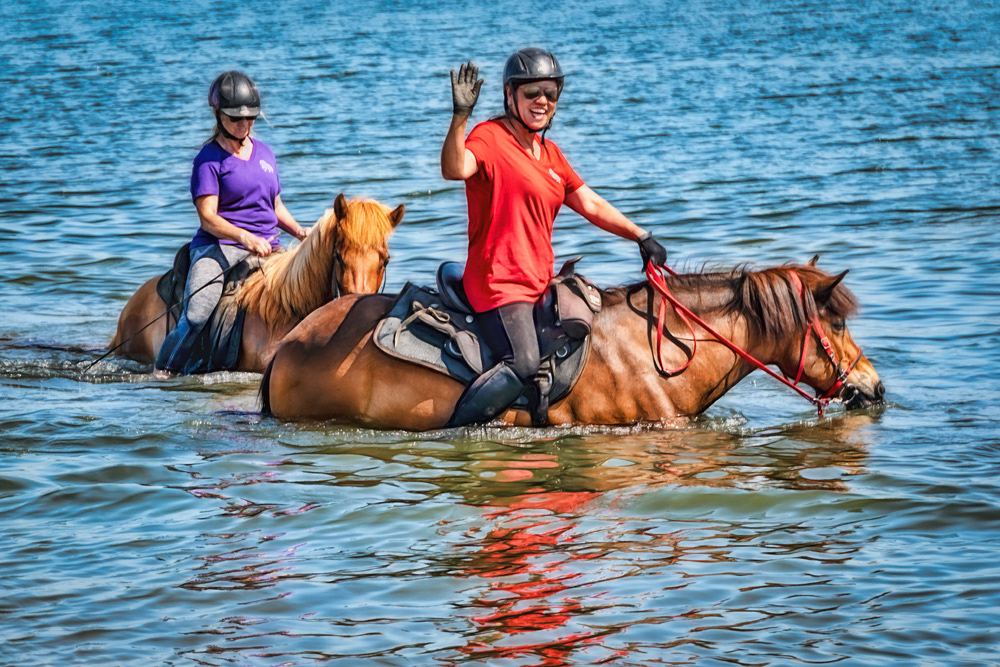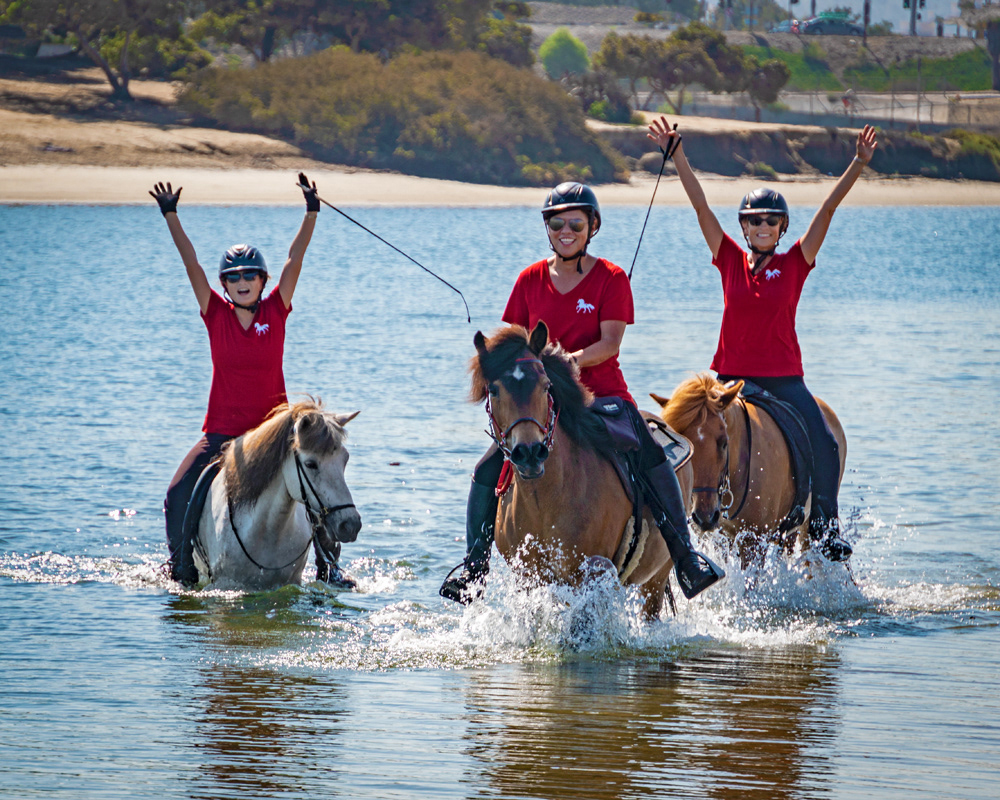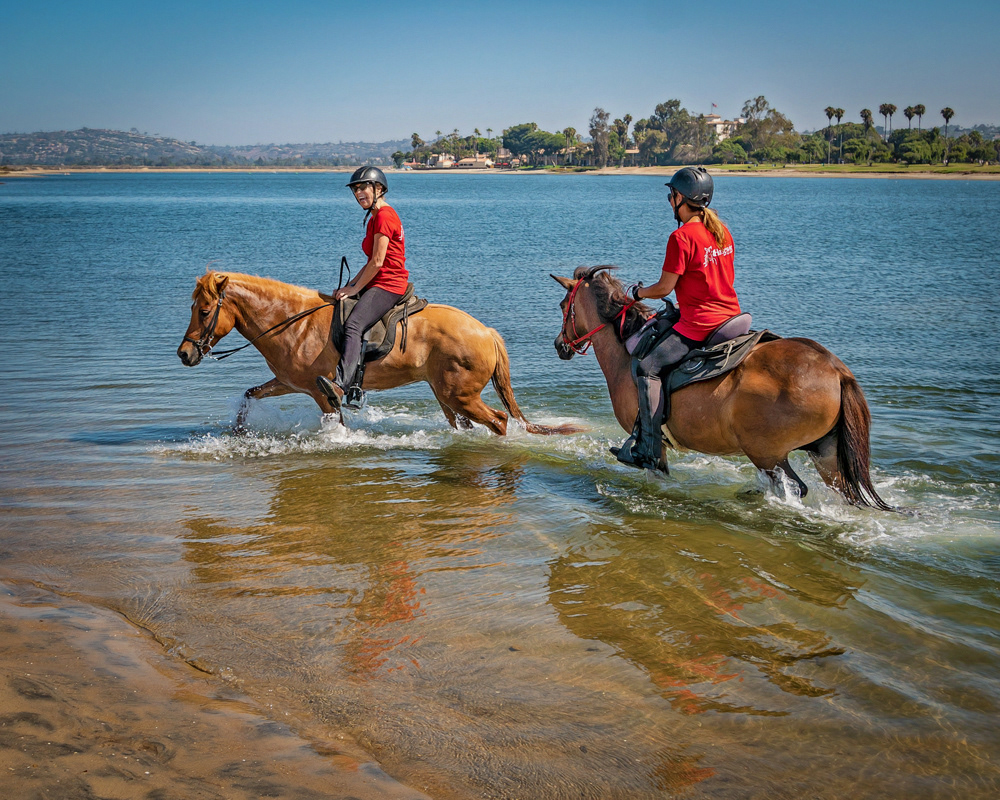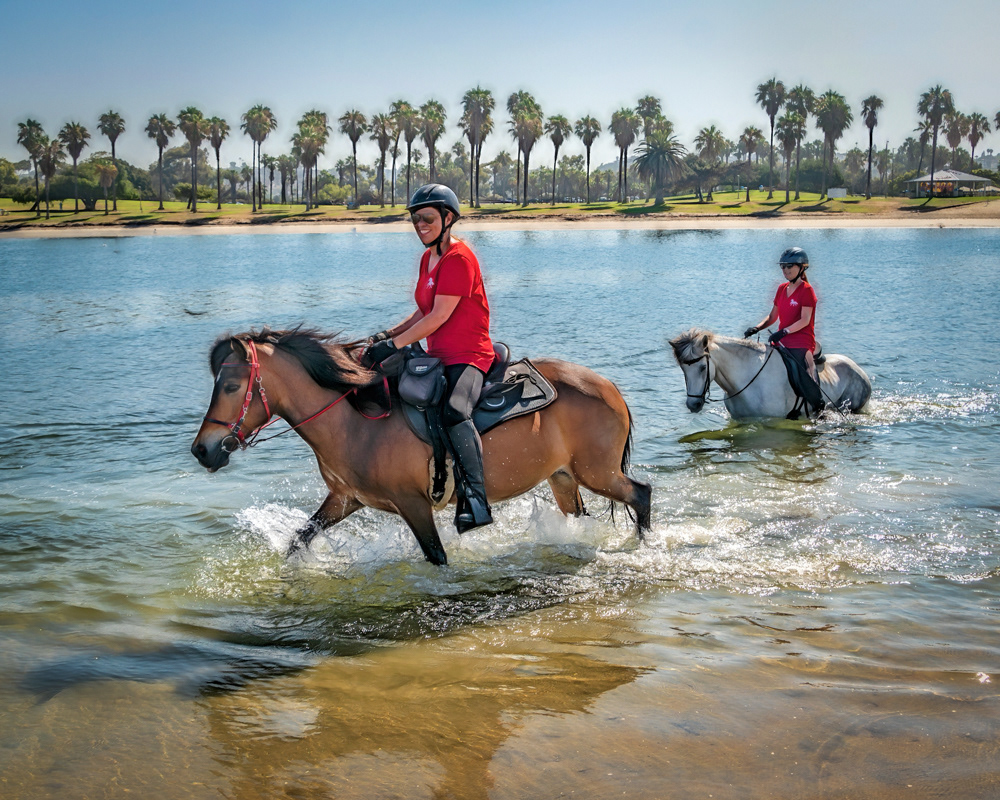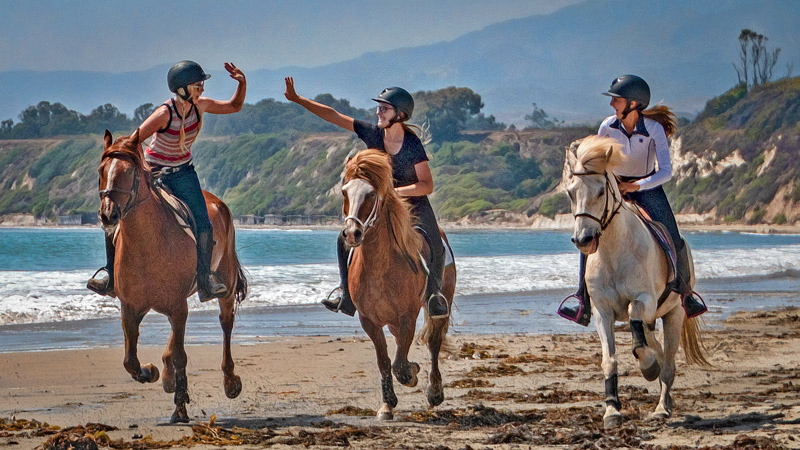
exposure is the amount of light per unit area (the image plane illuminance times the exposure time) reaching a photographic film or electronic image sensor, as determined by shutter speed, lens aperture and scene luminance.
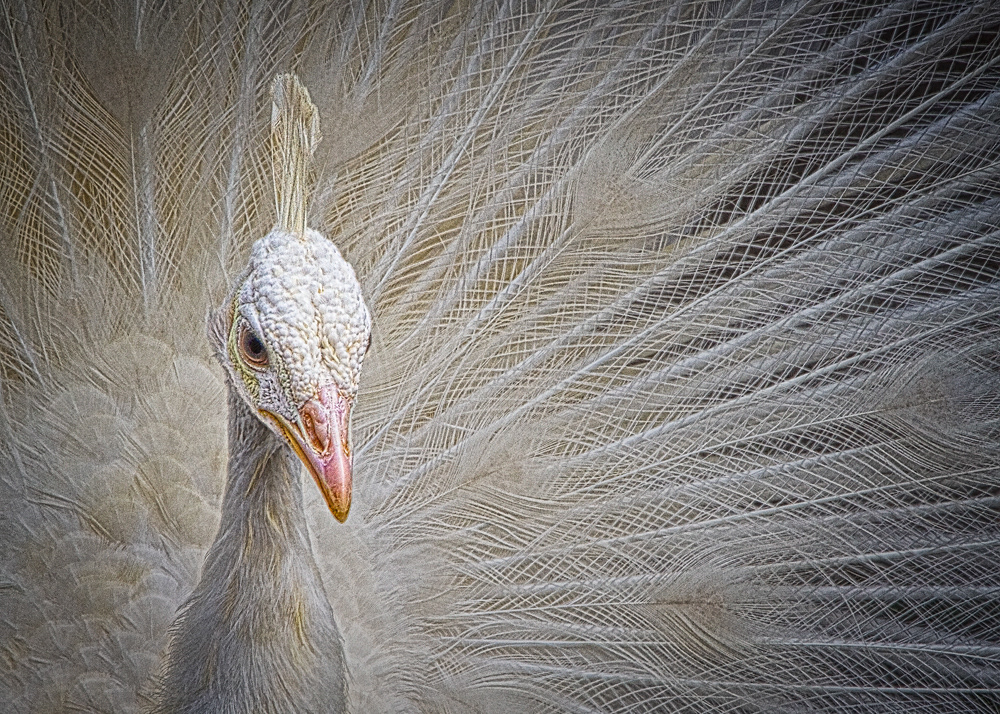
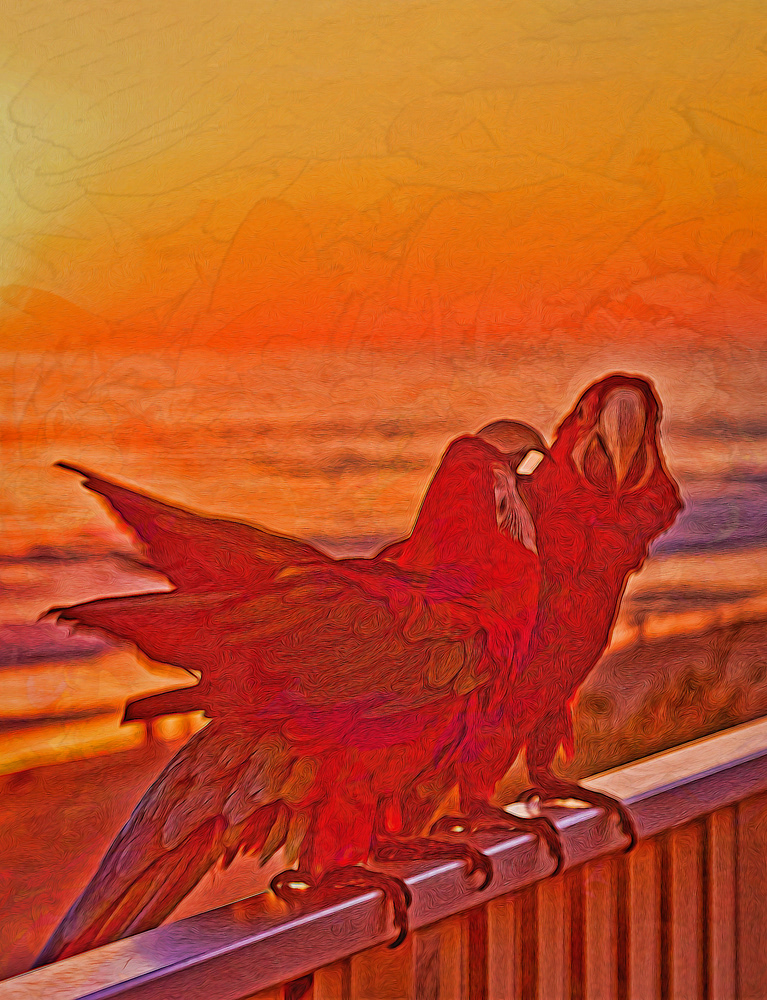
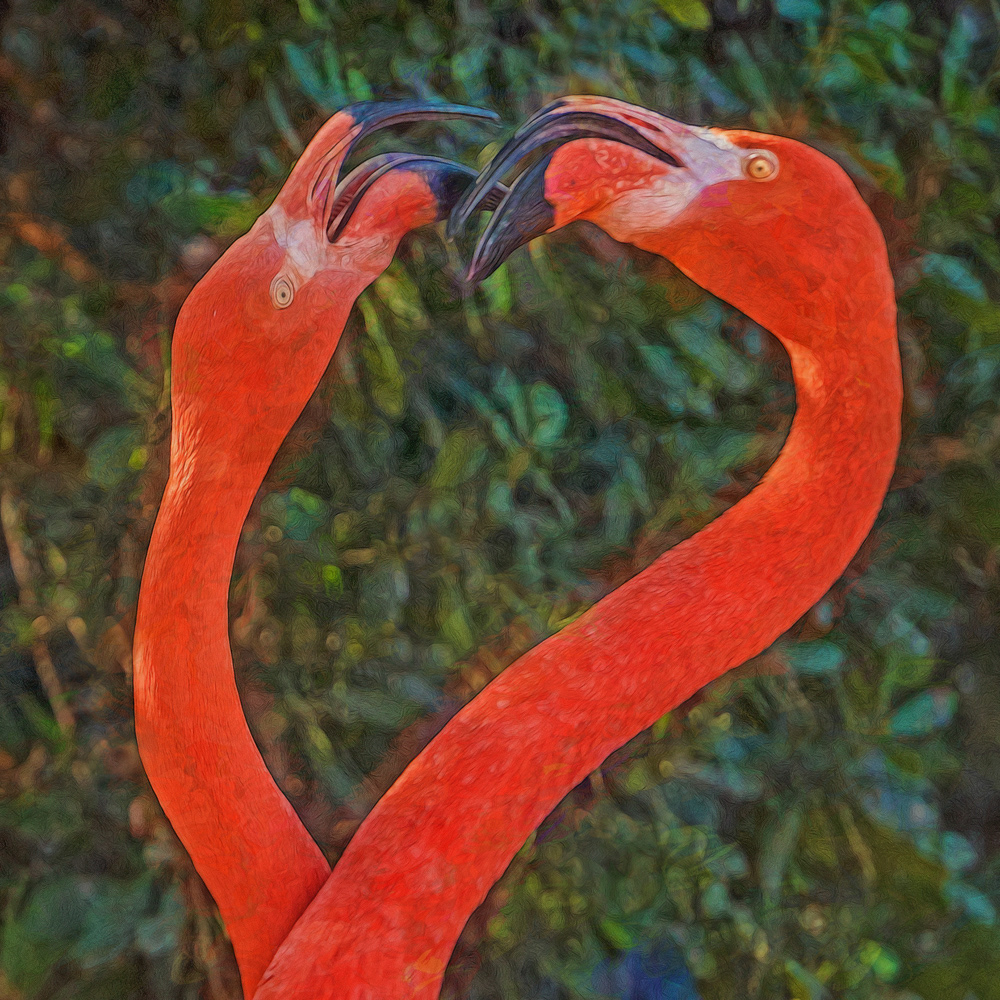

Without light, there would be no photographs. Exposure is about choosing the correct camera settings for the effect (mood) for the story you want to tell--image you desire to create.
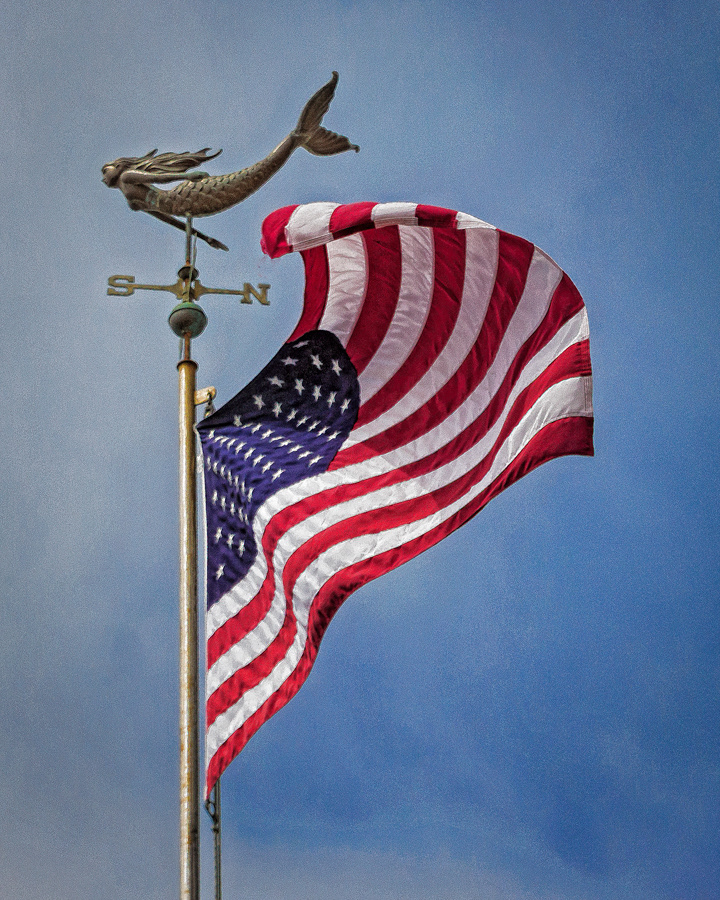
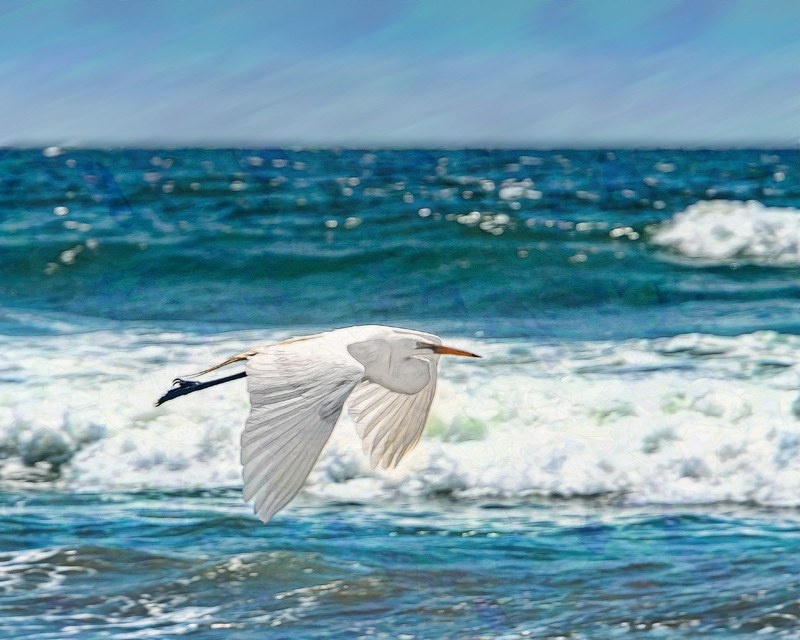
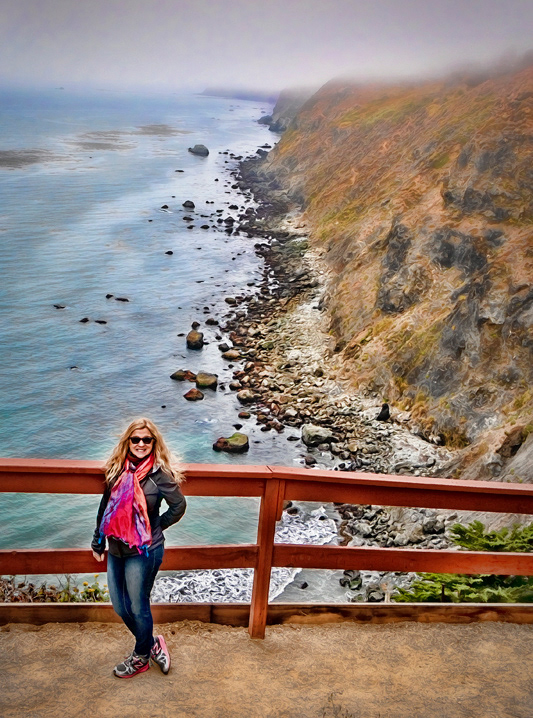
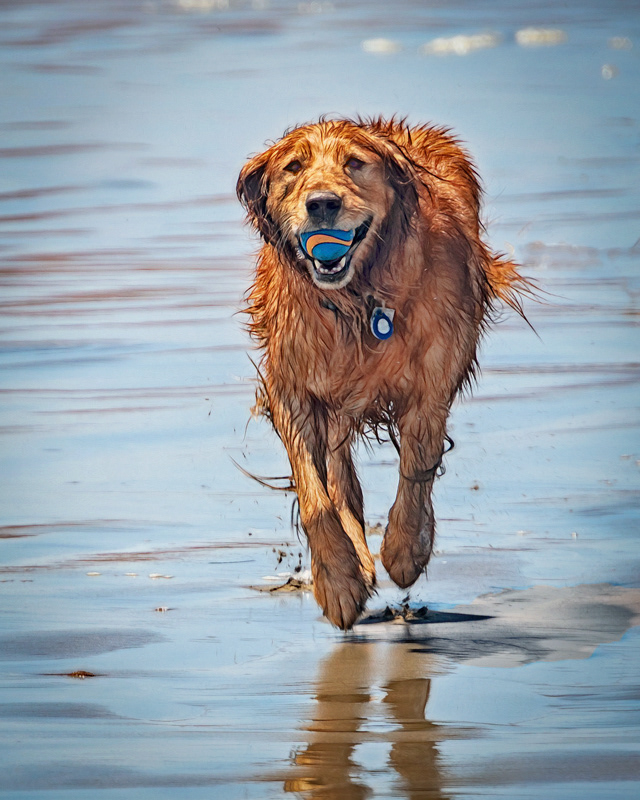
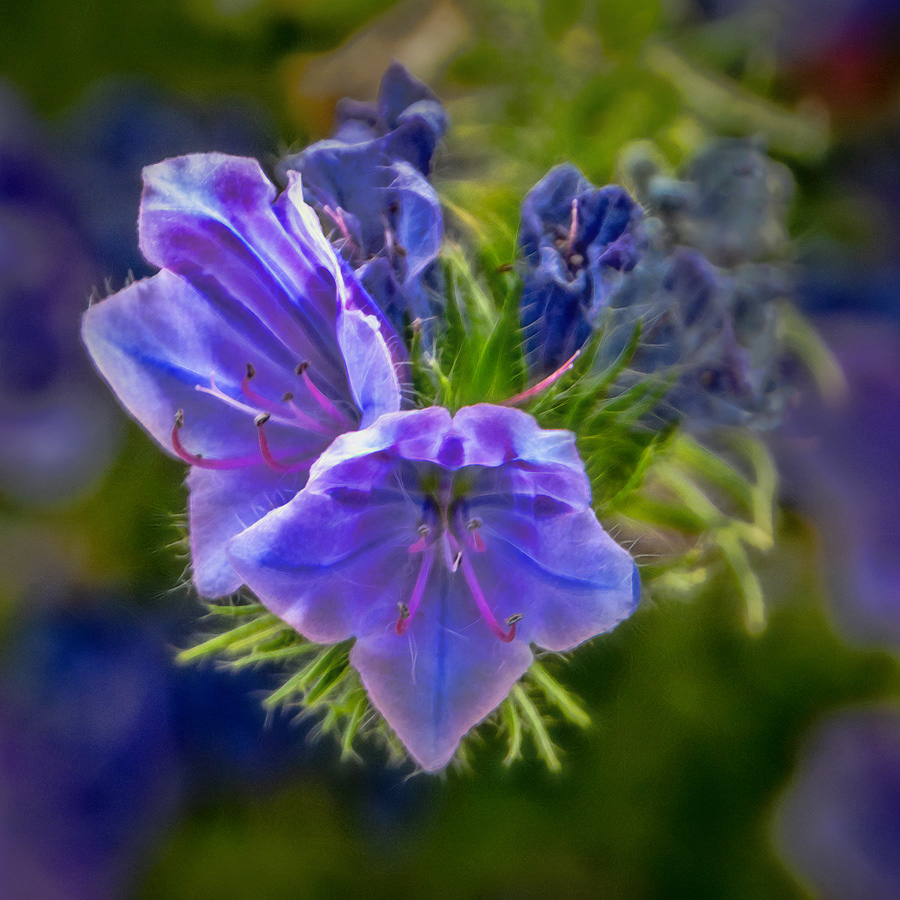
DIgital Photographs are mosaics created by light
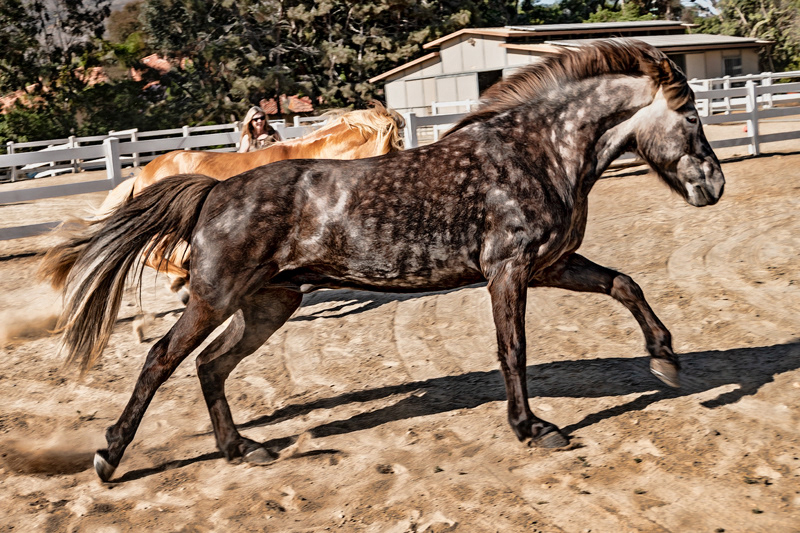
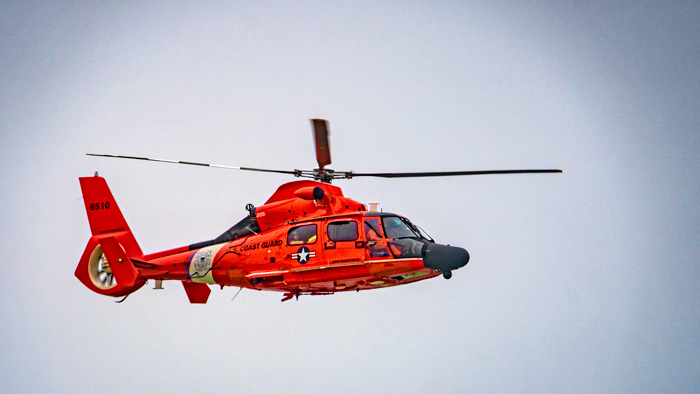

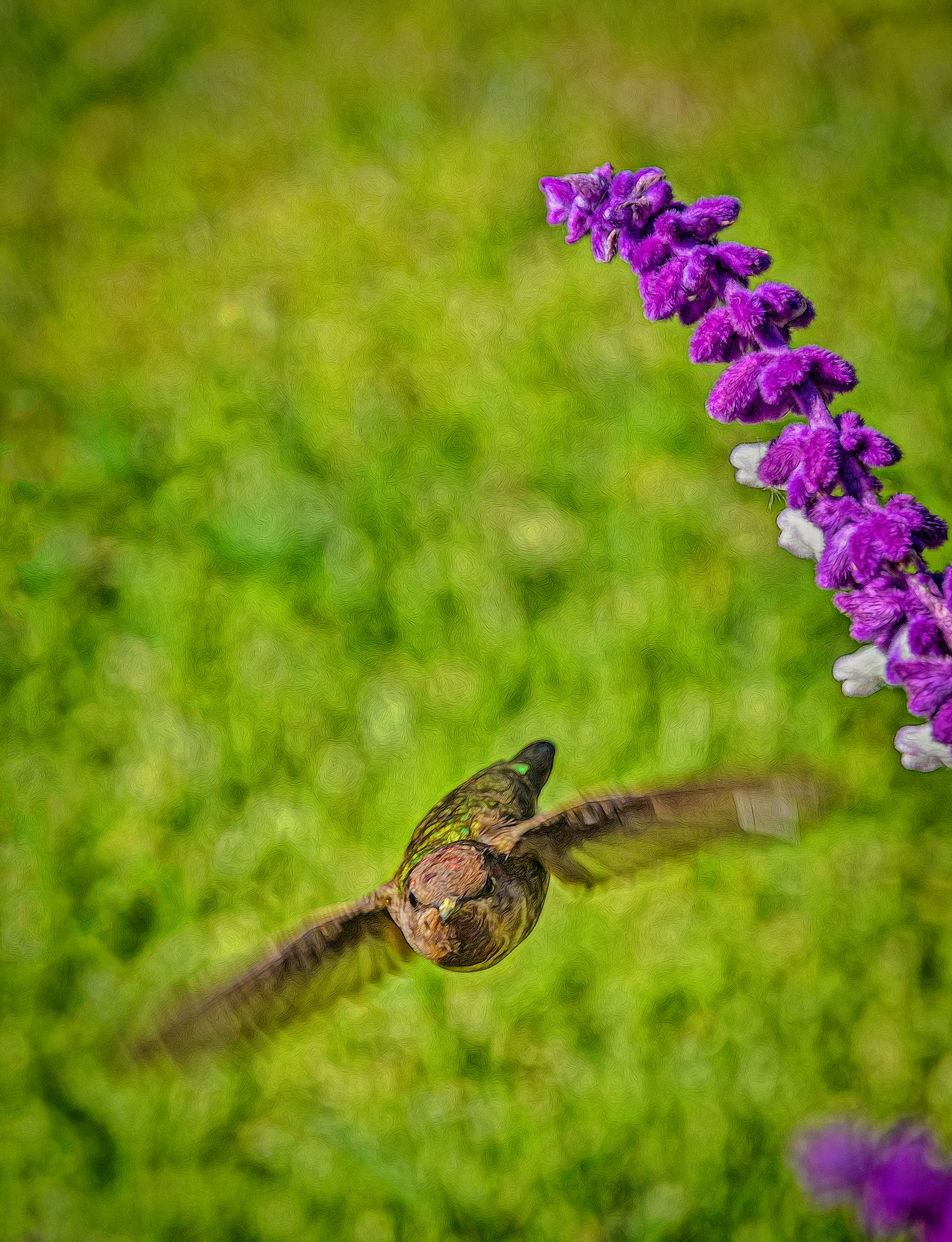
The scope of your photography is determined by the choices you make.
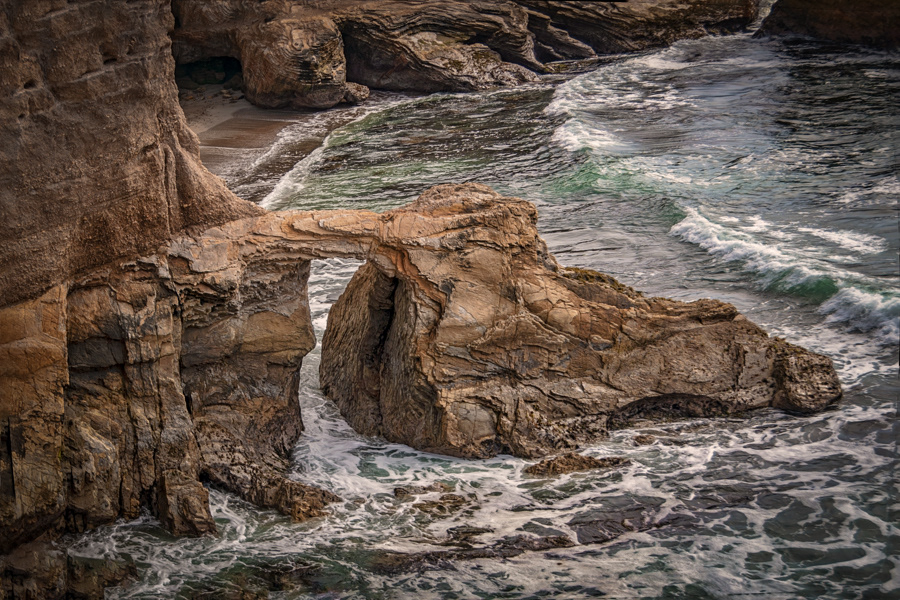
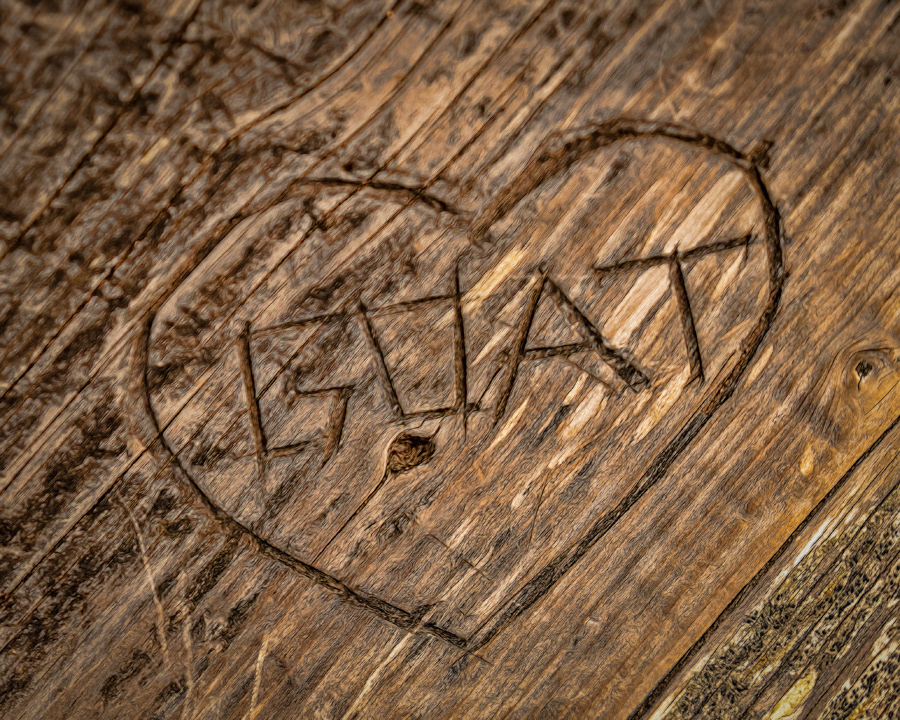
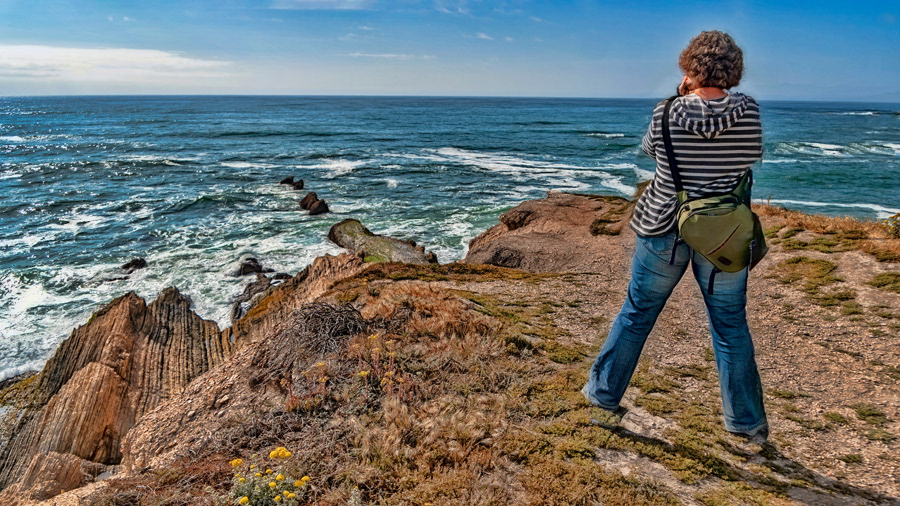
Photography is about sharing emotions by being in the moment.
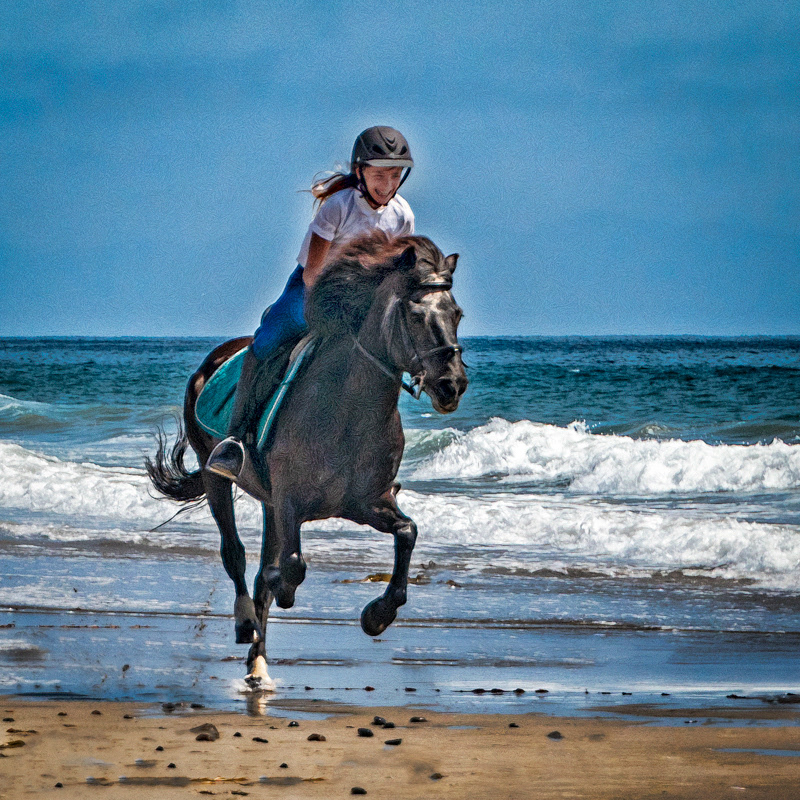
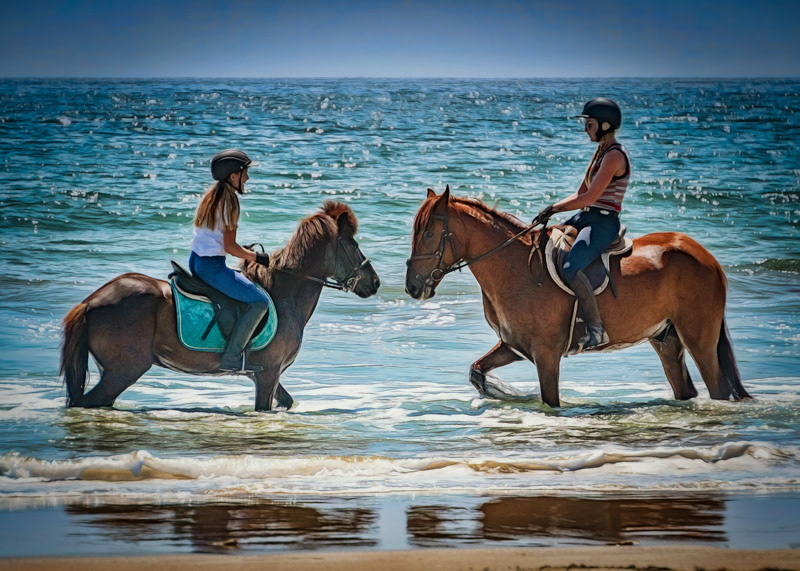
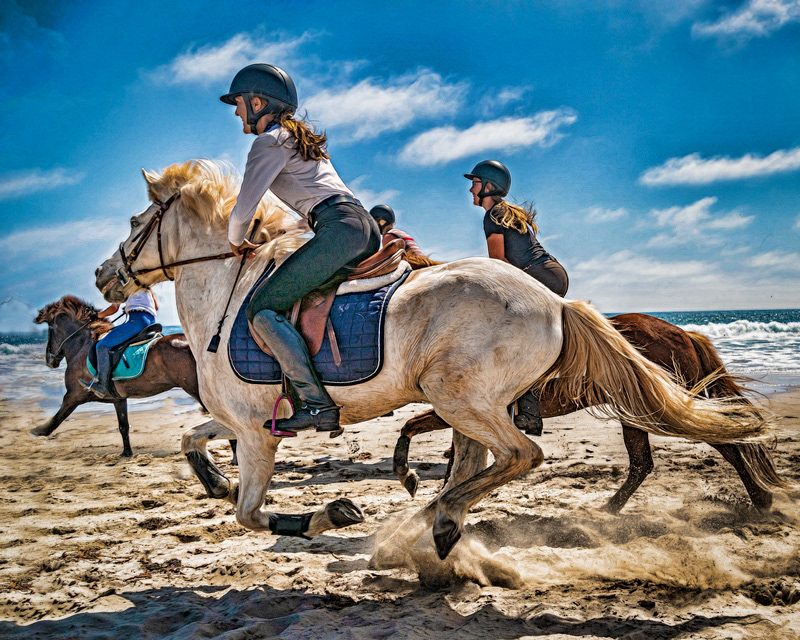
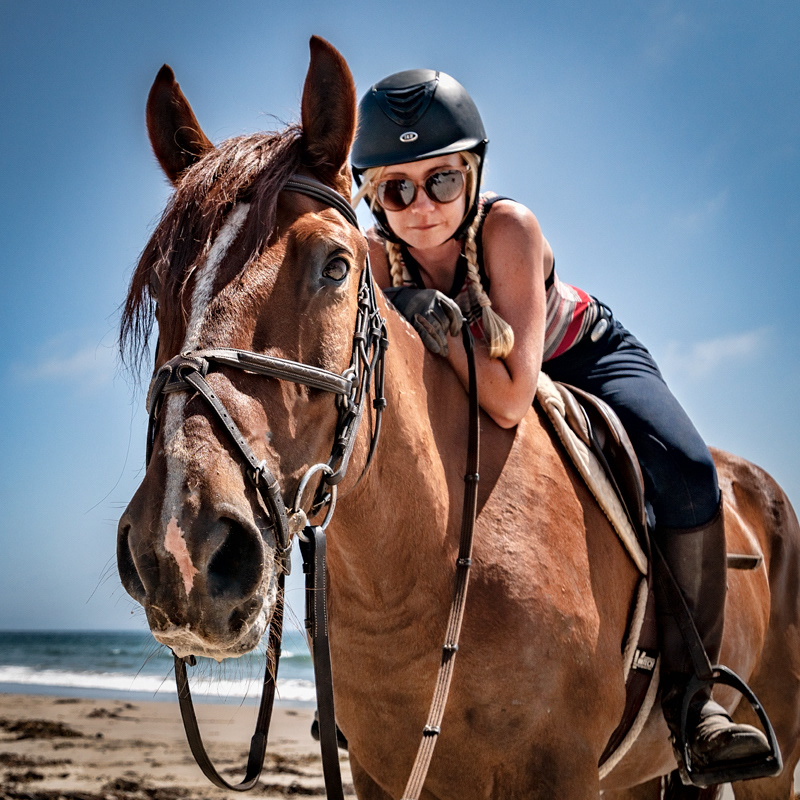
Moments are fleeting, recording them OPTIMATELY is about being fast on the trigger.
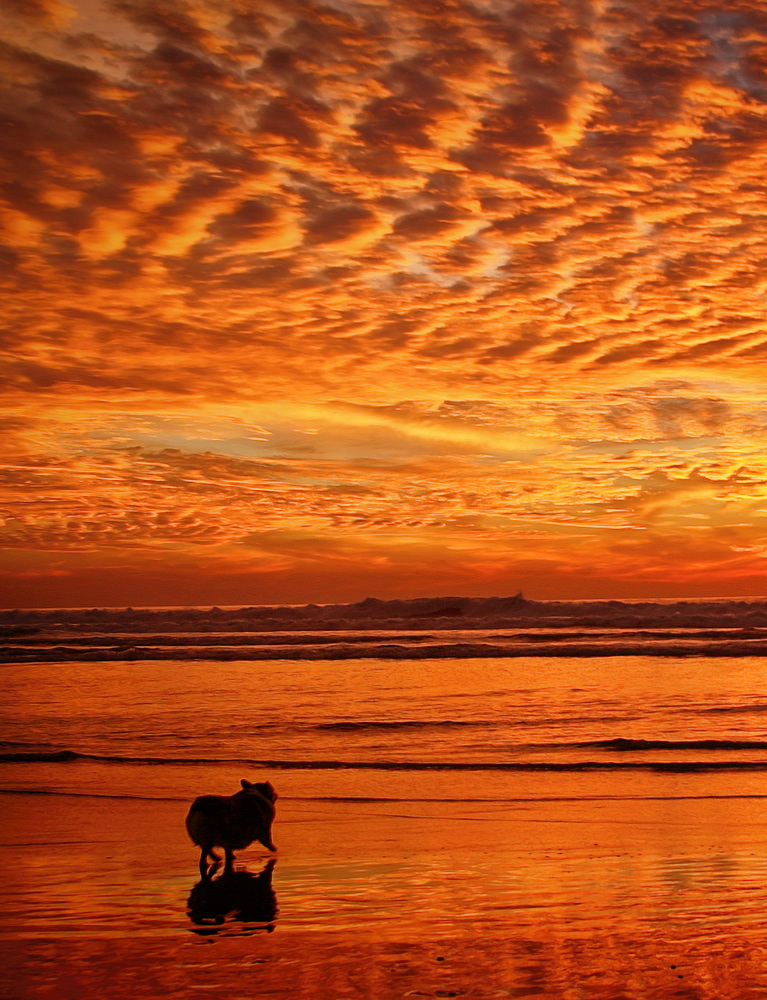
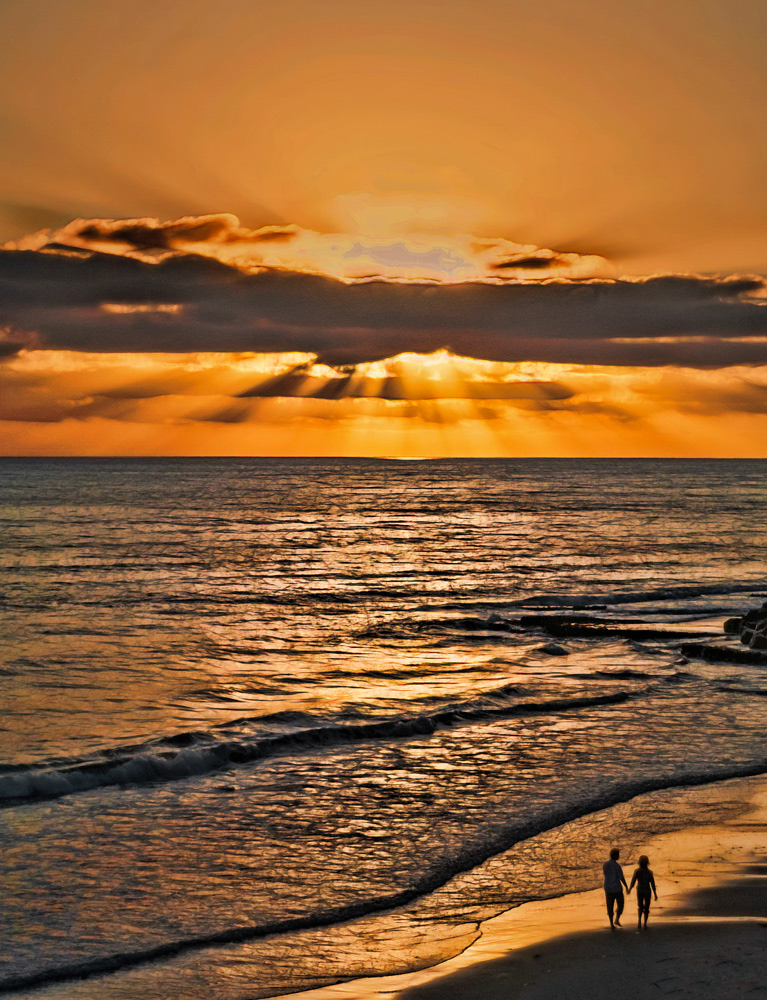
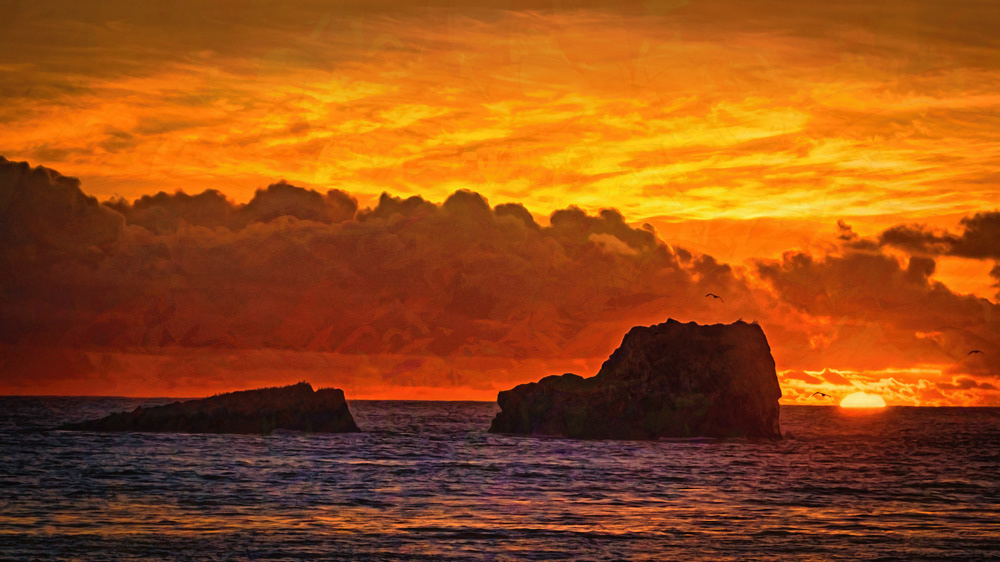
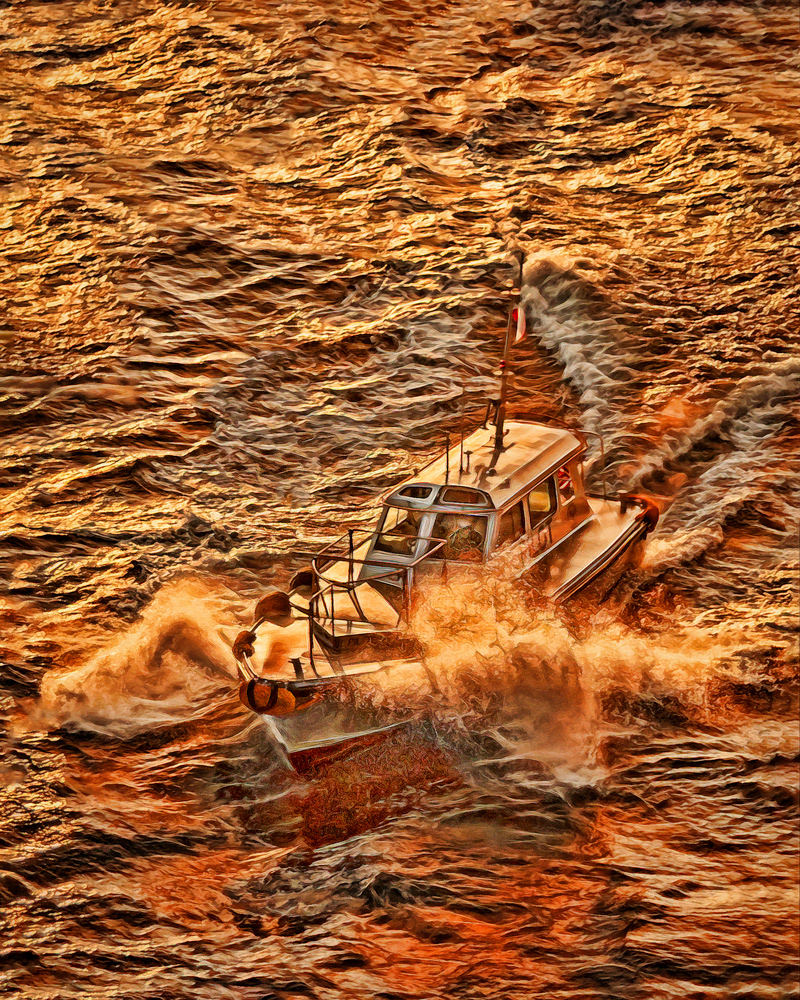
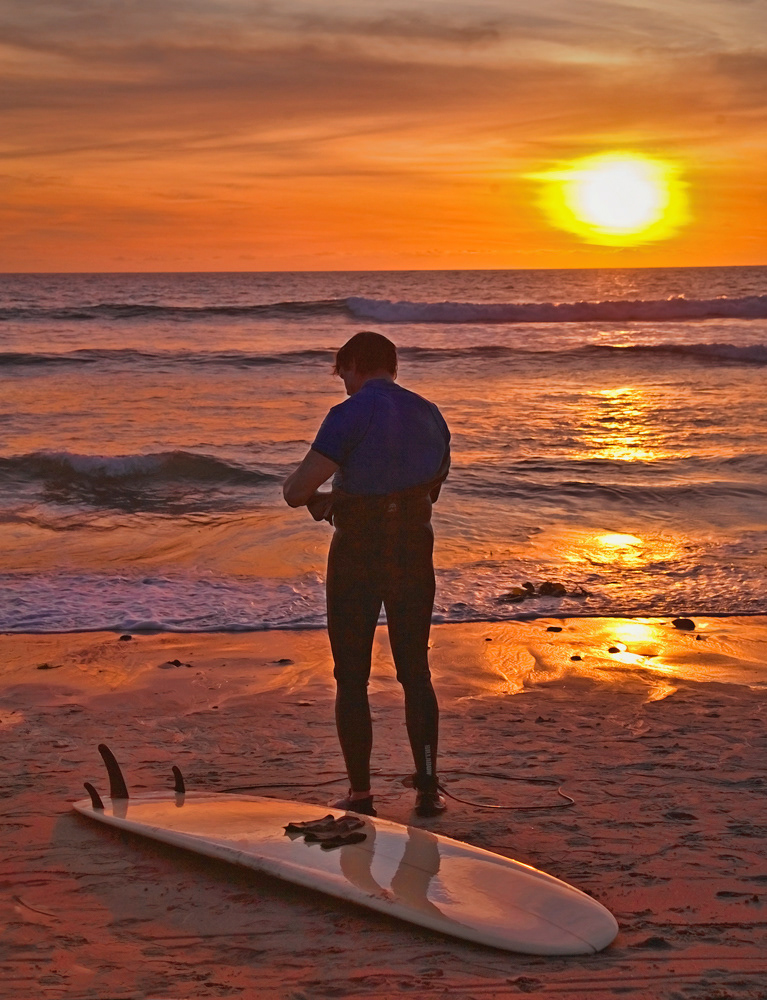
View your camera as your employee! All great leaders are aware of the benefits of concentrating on the skills only they master and delegating everything else to employees who master OTHER AREAS as well or better than they themselves do.
You choose the exposure you desire by manipulating the settings in your camera.
Each photographic subject offers many choices of correct exposure, but correct does not necessarily mean optimal. Exposure is considered to be correct merely when the colors are acceptable, at least one area of the photo is in focus (sharp), and you can see adequate detail in all areas of the photo--bright as well as dark.
Several aspects fit together to determine the way the camera will expose your shot--direction of light, amount of overall light available, aperture, shutter speed, ISO, length of lens, exposure compensation used.
Perhaps the most important exposure setting to consider is ISO. Nowadays most cameras have an automatic ISO setting. I very strongly recommend using it for four reasons.
1. ISO is tricky. With the cameras I have used, automatic has always given excellent results.
2. Using automatic ISO gives you one less thing to think about at the critical shooting moment.
3. Light changes very fast and in the heat of the moment during an exciting shoot, you are often so busy with other details that you remain unaware of the waning light is waning too much to take sharp photos at your current ISO setting. (Whereas the camera is stuck with one way of gauging light, the human eye adapts to light changes making it difficult for photographers to know exactly how much light is really available.)
4. The camera adjusts instantaneously and will always choose the lowest ISO setting that can get the job done well.
ISO is about the sensitivity to light of the camera sensor. Although some photographers profess that their results are better at some higher ISO levels, the rule of thumb is the lower the ISO, the better because the more sensitive the sensor setting is, the higher the chance of unsightly noise--the greatest bane of optimal photography.
A great first step when you are first learning to photograph or when you have purchased a new camera is to familiarize yourself with its setting menu.
Although most cameras off somewhat similar options, each camera make and model organizes their choices somewhat differently.
Most cameras have some sort of wheel on top with capital lettering that allows you to choose between the programs offered. Generally the suggestions are A (automatic), P (program), S, (shutter speed) AV (aperture), and M (manual). Cameras that shoot video will have additional lettering that we don't need to go into here. Some cameras--generally the less professional--also offer choices within the automatic program for action, landscape, portrait, etc. In reality what this means is that they allow you to choose a general aperture or shutter speed.
A (generally in green) stands for automatic. All you need to do is point and shoot and the camera will choose the aperture, shutter speed, and the ISO it decides is most generally correct. A , most often, does not offer a lot of artistic merit, but it is an okay program to choose when you are a beginner because it will free your mind to make other important choices. Some of the drawbacks of A is that it shoots only in a jpg mode and it also decides when to use flash.
P is almost identical to A inasmuch as almost all the decisions are made for you (ISO, aperture, and shutter speed.) It does, however allow you to shoot in raw, and allows you to choose when to use flash.
In S you choose the shutter speed and the camera adjusts the aperture so as to get the correct exposure for your chosen shutter speed and lens length. This is most useful for action photography, low light (night photography), and blurring and panning.
In A you choose the aperture size and the camera adjusts the shutter speed so as to get the correct exposure for your chosen aperture and lens length. This is especially useful when you want a particularly low or high depth of field distance (range of objects in focus.)
In M you choose both aperture and shutter speed. Although some photographers swear by it, and some special effects can be created, my own guesstimate is that once the camera has been given one of the factors in the exposure equation (two if you include ISO) it can do a better job than a human.
Read more about the relationship between focus, aperture, shutter speed, and lens length.
